Blockchain has revolutionized the way we see and do things on the internet. Many companies are switching to blockchain to increase transparency and immutability, reduce transaction costs, and eliminate the need for a middleman.
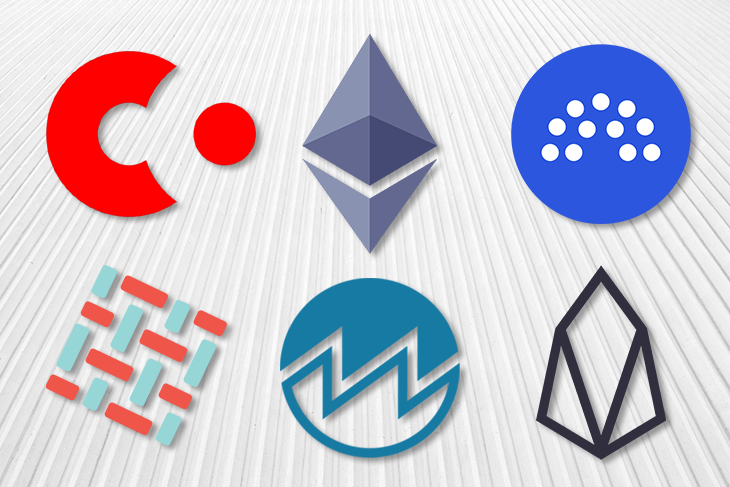
A blockchain network removes need for a centralized database because everyone in the network can see the transactions and also validate them. This creates trust and transparency between participants in the network.
A lot goes into the decision to switch to blockchain. Among the most fundamental and important considerations is selecting the right blockchain framework on which to run your enterprise.
There are too many blockchain development frameworks to explore in a single blog post. Instead, we’ll focus on six of the most popular and widely used frameworks in the blockchain development world:
We’ll evaluate each for its consensus algorithms, ledger types, cryptocurrency, and smart contract support.
Blockchain is based on decentralization networking technology, just like a peer-to-peer network. Blockchain’s decentralization works just like Napster: each party in the network is connected to each other. This is different from the normal client-server network you might be accustomed to. Each node in a blockchain network serves as both the client and the server.
In a blockchain network, a public database, ledger, or record is maintained and shared by the nodes in the network. This ledger contains transactions that happened in the network, and these transactions are verified by majority consensus in the network. Once a new transaction is verified and entered into the ledger, this ledger is broadcast to all the nodes in the network. This way, the nodes have the current ledger with the latest transactions.
It’s easy to see why companies in a wide range of industries are adopting blockchain technology to facilitate secure transactions of valuable assets, such as digital files, properties, currency, and much more.
Without further ado, let’s explore six of the most popular frameworks for developing blockchain-powered apps. We’ll highlight key features and break down strengths and weaknesses to help you make a more informed decision when selecting the right platform to develop your blockchain network.
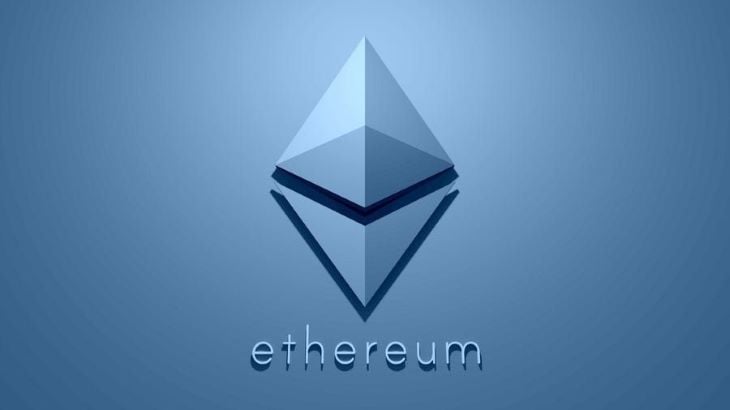
Ethereum is the most popular and widely used blockchain development platform in the world. In fact, it is the very first blockchain development platform. Built in 2015, it introduced a revolutionary feature known as the smart contract.
A smart contract is a program that contains functions and states. Each smart contract runs on a specific address in the Ethereum blockchain. Because smart contracts are an autonomous type of account on Ethereum, they can send transactions and also have balance.
Another awesome feature of Ethereum is the Ethereum Virtual Machine (EVM). The virtual machine in EVM is a virtual computer on which Ehtereum accounts and smart contracts are run.
The EVM enables you to create decentralized apps (DApps) that run on Ethereum. The range of use cases for DApps is quickly expanding beyond the finance industry, stretching into fields as diverse as healthcare, logistics, real estate, the legal system, and many more.
Ethereum’s smart contracts are written in Solidity language. Etheruem has a permissionless ledger type and is open for public use. Its consensus mechanism is proof of work, which is known to be quite slow.
Ethereum has a cryptocurrency called Ether. Ether is used to pay for creating and initializing a transaction in the Ethereum blockchain.
| Ledger type | Consensus | Cryptocurrency |
|---|---|---|
| Permissionless | PoW | Ether |
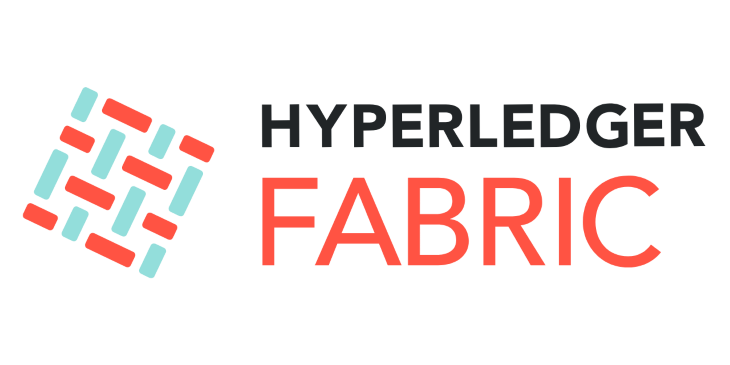
Hyperledger Fabric is a permissioned distributed ledger framework developed by the Hyperledger Hub. The Hyperledger Hub is a project developed by the Linux Foundation for the open development of both centralized and decentralized blockchain platforms.
Fabric is aimed at enterprises that want to use, integrate, or build blockchain-based solutions and applications.
Hyperledger Fabric is similar to Ethereum for not only its permissioned ledger type but also its modular architecture. This modularity gives Fabric a plug-and-play kind of interface where you can select your preferred services, such as the consensus algorithm, smart contracts types, etc.
Hyperledger Fabric also supports smart contracts. Smart contracts on Fabric can be written in Go, Java, and JavaScript.
If you encounter any issues that aren’t covered by the docs, the Hyperledger Fabric team has made itself available to answer your questions.
| Ledger type | Consensus | Cryptocurrency |
|---|---|---|
| Permissionless | Pluggable Framework | None |

Hyperledger Sawtooth is another modular blockchain platform from the Hyperledger Hub designed for developing distributed ledger applications and networks. Hyperledger Sawtooth was launched by the Linux Foundation and is now maintained by IBM and Digital Assets.
Enterprises use Hyperledger Sawtooth to build scalable and robust systems and to deploy highly secured blockchain solutions. Just like Fabric and Ethereum, Hyperledger Sawtooth has a permissioned ledger type.
Hyperledger Sawtooth has a range of advanced features and integrations, including:
Speaking of consensus algorithms, Hyperledger Sawtooth has many, including:
View Hyperledger Sawtooth source code is available on GitHub.
| Ledger type | Consensus | Cryptocurrency |
|---|---|---|
| Permissionless | Pluggable Framework | None |
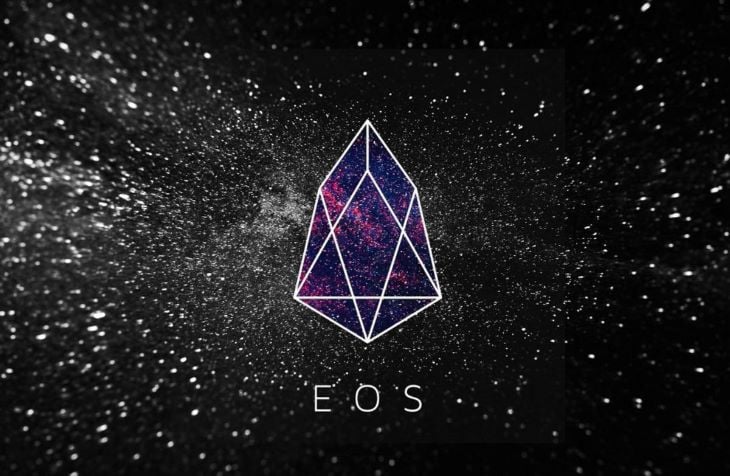
EOSIO is a highly performant, open-source blockchain platform launched in 2018 by Block.one. EOSIO offers a fast, reliable, and highly secure platform for building blockchain applications.
EOSIO allows you to deploy smart contracts on its existing networks. You can also build your own EOSIO networks and deploy smart contracts on them.
EOSIO smart contracts are written in the C++ programming language. To learn how to write and deploy smart contracts on EOSIO, see the official docs.
Though not as popular as stalwarts like Ethereum, EOSIO has some unique selling points. Developers choose EOSIO for their blockchain projects because it is:
As a cherry on top, the EOSIO website does a great job of keeping the community abreast of the latest news and events.
| Ledger type | Consensus | Cryptocurrency |
|---|---|---|
| Permissioned | Delegated Proof of Stake | None |
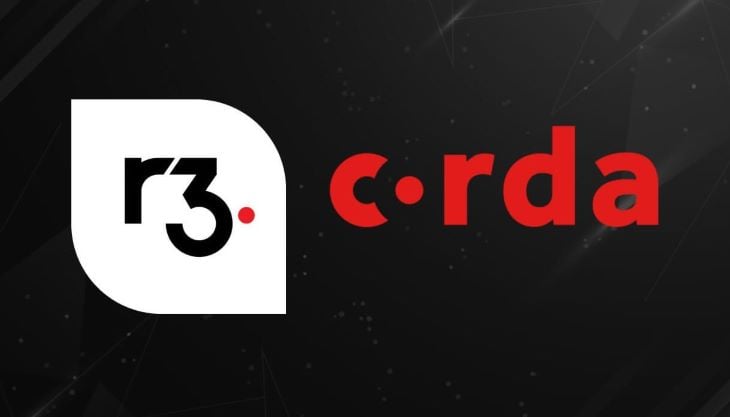
Corda is an open-source blockchain platform built by the R3 Consortium in 2015. Corda was initially designed for financial institutions, but it has since been expanded to serve additional fields such as healthcare, insurance, digital assets, and finance. The next-gen blockchain framework bills itself as “the DLT platform of choice for financial services and beyond.”
Corda has a permission ledger type and supports the smart contract feature, meaning you can write and deploy smart contracts on the Corda blockchain. Corda smart contracts can either be written in Java or Kotlin.
The platform has no mining feature, so part of the transactions is never seen in most nodes. In other words, Corda transactions are not open for all nodes. There are no cryptocurrencies or tokens in Corda.
Corda has a pluggable consensus, which means it has many consensus algorithms to choose from.
Corda has validity consensus and uniqueness consensus:
| Ledger type | Consensus | Cryptocurrency |
|---|---|---|
| Permissioned | Pluggable | None |
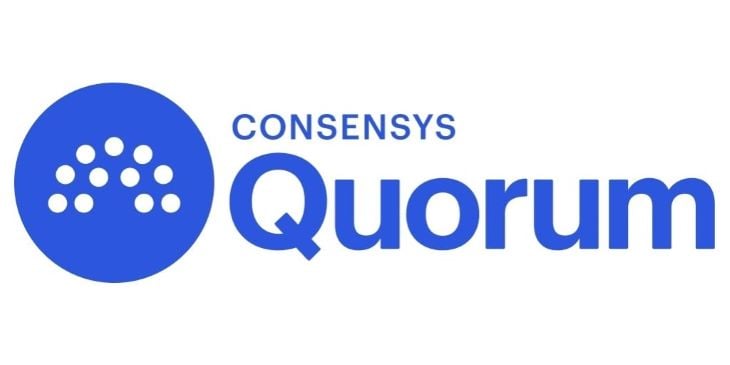
Quorum is an open-source blockchain platform based on Ethereum. Built around 2016, it was designed to serve the finance industry and enable enterprises to “leveral Ethereum for their high-value blockchain applications.”
Recently, Quorum was acquired by ConsenSys from JP Morgan. Many companies trust Quorum and have adopted it in their business, including Microsft, JP Morgan, Covantis, South African Reserve Bank, SiaChain, Komgo, and more.
Quorum has support for enterprises that want to adopt the blockchain platform for their business. It has a permissioned ledger type but also allows for customizations based on the client’s need. In addition, Quorum supports both public and private networks as well as smart contracts.
Just like in Ethereum, smart contracts in Quorum are written in Solidity, making it very easy to switch from Ethereum to Quorum. The consensus algorithm of Quorum is voting-based; it agrees to a transaction and block depending on the number of votes the transaction and block have from the nodes.
For more information on how to get started using the Quorum blockchain platform, see the official developer docs.
| Ledger type | Consensus | Cryptocurrency |
|---|---|---|
| Permissioned | Voting | None |
There are many blockchain development frameworks available, but the ones listed here are the most popular in the world.
In this guide, we introduced the concept of blockchain, described how it’s changing the world as we know it, and listed the most widely used blockchain development platforms. We evaluated each platform for its strengths and weaknesses, reviewed common use cases associated with each, and examined the supported consensus algorithms, ledger types, and cryptocurrencies.
Blockchain is a complex topic to wrap your head around, especially with all the various platforms available for developing blockchain-based apps. The best way to learn is to start with the basics, discover how they work under the hood, and build from there. Keep your eye on this space for more blockchain content!
Client-side issues that impact users’ ability to activate and transact in your apps can drastically affect your bottom line. If you’re interested in monitoring UX issues, automatically surfacing JavaScript errors, and tracking slow network requests and component load time, try LogRocket.

LogRocket lets you replay user sessions, eliminating guesswork around why bugs happen by showing exactly what users experienced. It captures console logs, errors, network requests, and pixel-perfect DOM recordings — compatible with all frameworks.
LogRocket's Galileo AI watches sessions for you, instantly identifying and explaining user struggles with automated monitoring of your entire product experience.
Modernize how you debug web and mobile apps — start monitoring for free.
Hey there, want to help make our blog better?
Join LogRocket’s Content Advisory Board. You’ll help inform the type of content we create and get access to exclusive meetups, social accreditation, and swag.
Sign up now
Learn how OpenAPI can automate API client generation to save time, reduce bugs, and streamline how your frontend app talks to backend APIs.

Discover how the Interface Segregation Principle (ISP) keeps your code lean, modular, and maintainable using real-world analogies and practical examples.

<selectedcontent> element improves dropdowns

Learn how to implement an advanced caching layer in a Node.js app using Valkey, a high-performance, Redis-compatible in-memory datastore.
One Reply to "Top 6 blockchain development frameworks"
Great post! Highlighting the top 6 blockchain development frameworks offers valuable insights for developers exploring the blockchain space. Tools like Ethereum, Hyperledger, and Quorum make building decentralized applications more efficient. A must-read for anyone diving into blockchain development in 2025.